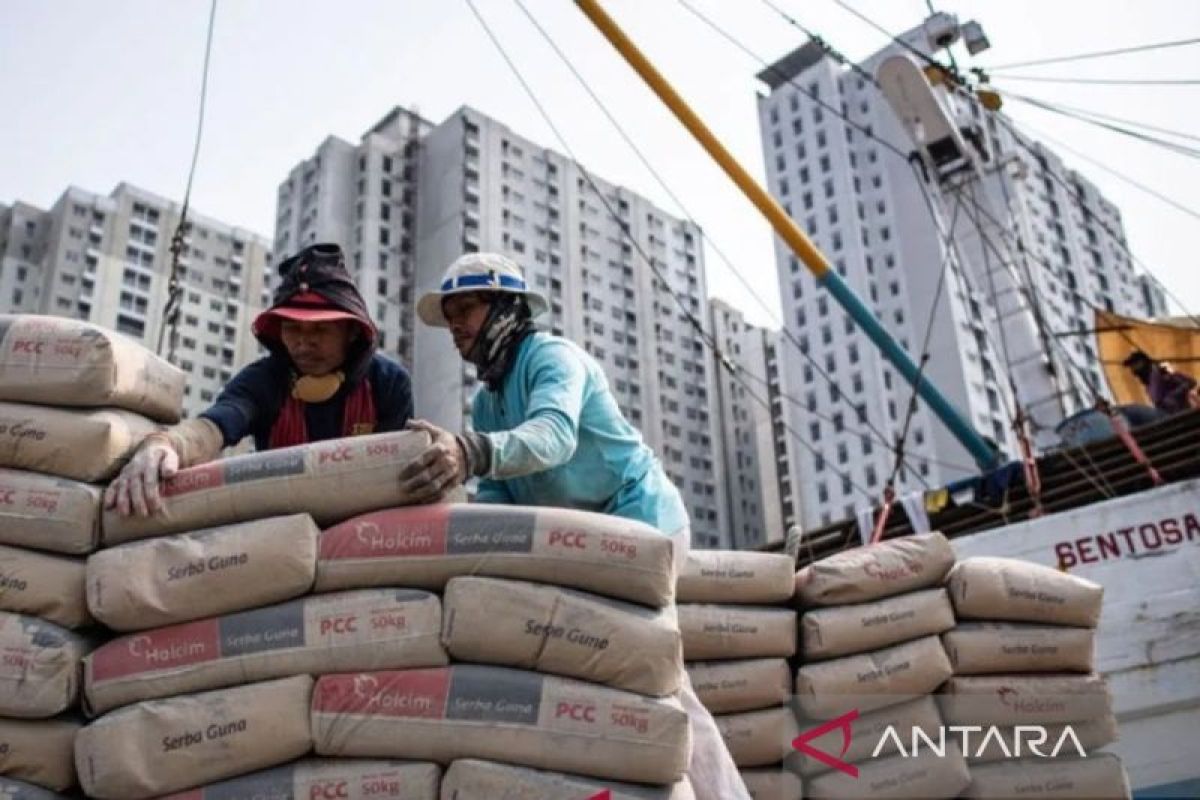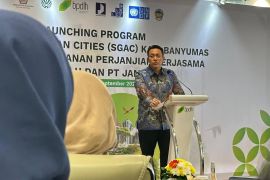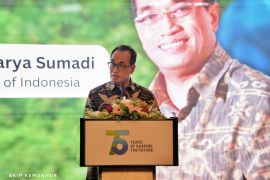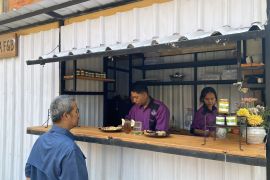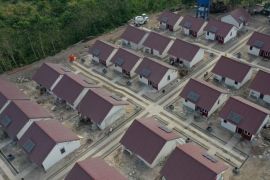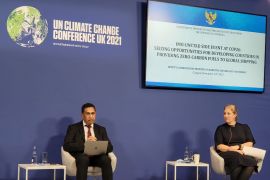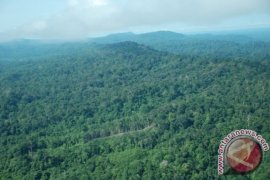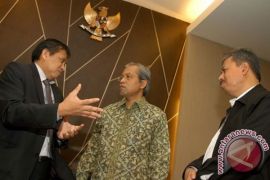The chemical substance has emerged as the primary material for the construction of infrastructure across the globe due to its ability to bind other materials and help structures stand firmly.
Cement is made from sand, limestone, clay, iron sand, and gypsum that are mixed and transformed into what is called clinker under up to 15 thousand degrees Celsius of heat. The clinker is ground and made into a softer material, which is cement.
The Indonesian government has said that the massive use of cement at the national level indicates well-running infrastructure development. In Southeast Asia, Indonesia ranks as the top producer and one of the largest consumers of cement.
The country has the capacity to produce 120 million tons of cement annually, while its demand for the material was recorded at 66.8 million tons in 2023.
It is worth noting, however, that globally, the production and utilization of cement are contributing quite significantly to carbon dioxide emissions. The generation and release of excessive carbon emissions into the atmosphere could lead to a climatic catastrophe in the long term.
According to a 2023 report from the Global Carbon Project and International Energy Agency, humans have released as much as 37.4 gigatons of carbon emissions into the atmosphere, with cement utilization accounting for four percent of the figure.
Meanwhile, Indonesia’s National Research and Innovation Agency (BRIN) has found out that one ton of cement can generate 0.869 carbon emissions.
Taking note of the threat posed by carbon emissions, the government has underlined its commitment to decarbonization efforts in the hope of preserving the environment, including by making adjustments to the domestic cement industry.
In the Enhanced Nationally Determined Contributions (E-NDC) document, the government has increased its emission reduction target for 2030 from 29 percent (835 million tons) to 32 percent (912 million tons).
Efforts to decarbonize the cement industry are meant to promote what is called "green development," which refers to infrastructure development that harmonizes economic and environmental interests.
In this context, the government has devised various strategies that include the utilization of green cement and the formulation of a road map for cement decarbonization.
Green cement
The government and industry players are working together to introduce and promote the use of two types of green cement, namely Portland composite cement (PCC) and Portland pozzolana cement (PPC).
Technically speaking, green cement contains a lower ratio of clinker. Due to the substitution of clinker with other supporting materials, the production and utilization of both PCC and PPC generate lower amounts of carbon emissions.
The Cement Association of Indonesia (ASI) has estimated that PCC and PPC could help Indonesia cut carbon emissions by 26 percent. As per BRIN’s calculation, each ton of the two types of green cement generates just 0.643 tons of carbon emissions.
Besides PCC and PPC, cements that are made mostly from waste materials also belong to the family of eco-friendly cements. Using waste generated during the processing of copper, coal, and iron as raw material for creating green cements could also help Indonesia reduce its waste volume.
One of the government’s concrete steps to decarbonize cement is the utilization of green cement in the development of the new capital Nusantara in East Kalimantan.
In this regard, the government has assigned state-owned cement producer PT Semen Indonesia (SIG) to supply eco-friendly cement for the construction of essential infrastructure in Nusantara, such as the State Palace, Presidential Office, ceremony field, Sepaku Dam, and sections of a toll road.
It should be noted that each ton of the cement produced by SIG generates only 0.538 tons of carbon — even lower than that generated by PCC and PPC. Therefore, it is safe to expect SIG’s green cement to reduce cement-generated carbon emissions by nearly 40 percent nationally.
In the period from December 2022 to February 2024, the government has used 400 thousand tons of green cement to develop Nusantara.
In addition to supporting decarbonization, the use of green cement also brings practical and economic advantages. Green cements are offered at lower prices and are more resilient to high pressure, heat, sulfate, and water.
Road map
To ensure that the cement industry contributes to Indonesia’s goal of realizing net-zero emissions, the Industry Ministry has formulated a road map for the cement industry.
According to the plan, the road map will be implemented in tandem with technical regulations from 2025.
Putu Nadi Astuti, director of the industries of cement and ceramic and the processing of non-metallic minerals at the ministry, underlined that the road map comprehensively details the technical points related to the decarbonization of the cement industry, including the short-term and long-term decarbonization targets and actions that need to be taken by companies to help achieve net-zero emissions.
The road map focuses on strategies to lower the ratio of clinker in the composition of cement, given the fact that the materials used for forming clinker are responsible for the high amount of carbon released into the atmosphere by cement.
Furthermore, the road map underlines the urgent need to transition from conventional fuels to eco-friendly fuels, such as biofuel and bioethanol.
It also highlights the importance of developing innovative technology by replacing obsolete production machines with newer and more sophisticated ones.
Though the road map will be implemented no earlier than next year, the government has made it mandatory for cement producers to reduce carbon emissions since 2012.
An Industry Minister regulation issued in 2012 requires cement producers to decarbonize their products by 2–3 percent per ton every four years.
The use of green cement and the implementation of the road map are expected to help Indonesia achieve its net-zero emission targets by 2060 by promoting green development through a reduction in the amount of carbon generated by the industry and the use of cement.
Related news: Govt turns to green cement for sustainable construction in Nusantara
Editor: Rahmad Nasution
Copyright © ANTARA 2024
